Ukraine in maps: Tracking the war with Russia

Ukraine’s long-awaited counter-offensive to retake territory from Russia’s occupying forces is under way.
Here are the latest developments:
- Ukraine’s counter-offensive is continuing with modest gains in the eastern Donetsk and south-eastern Zaporizhzhia regions
- Russia has stepped up missile attacks on cities across Ukraine, including Kyiv, Odesa and President Zelensky’s home city of Kryvyi Rih
- Humanitarian efforts to help those affected by the destruction of the Kakhovka dam in southern Ukraine continue
Ukraine counter-offensive under way
Ukraine has confirmed it has started “counter-offensive and defensive actions” after an escalation in fighting in the south and east of the country sparked speculation about the widely anticipated push.
Officials claim to have taken seven settlements in the eastern Donetsk region and at least 90 sq km (35 sq miles) since starting their counter-offensive earlier this month.
The BBC has been granted access to some of the settlements now flying the Ukrainian flag but found many were deserted, and in some areas Russian forces were pushing back.
Ukrainian officials also claim to have made advances around what is left of the eastern city of Bakhmut – most of which is under Russian control after the longest and possibly bloodiest battle in the war.
Ukrainian President Volodymyr Zelensky said on Tuesday that there was “movement forward” and thanked Ukrainian troops for “every step and every metre of Ukrainian land that is being liberated from Russian evil”.
However, Russia’s President Vladimir Putin insisted Ukraine had not succeeded “in any of the sectors” and that Ukraine had suffered “catastrophic” losses – although he did not offer any evidence.
Nato chief Jens Stoltenberg said that while it was still “early days”, progress was being made in repelling Russian troops.
Analysts at the US-based Institute for the Study of War (ISW) have also concluded that Ukraine has continued to make “limited territorial gains”.
Russia steps up missile attacks
In anticipation of Ukraine’s counter-offensive Russia stepped up missile and drone attacks in recent weeks and those have continued.
Twelve people have died after missile strikes on Kryvyi Rih – President Zelensky’s home city – on 13 June and a further three people were killed on 14 June in a rare attack on the Black Sea port of Odesa, which is vital to Ukraine’s grain exports.
Kyiv has also been targeted again in recent weeks, leading to several deaths including that of an 11-year-old girl on 1 June, although Ukraine says many of the attacks on its capital and other regions have been prevented – or at least limited – by its air defences.
Cross-border attacks into Russia
Vladimir Putin’s latest statements on the progress of the war did include one admission – that authorities in Moscow could have better anticipated recent cross-border attacks into Russia from Ukraine.
Russia blamed the deaths of two women in the village of Maslova Pristan in the border region of Belgorod on 2 June on shelling by Ukrainian forces and said others had been injured.
The shelling came nearly two weeks after Moscow said 70 attackers who crossed the border from Ukraine had been killed, adding that they were Ukrainian fighters.
Kyiv denied involvement and two Russian paramilitary groups have said they were behind the incursion.
The claims by the warring sides have not been independently verified, but any assaults on Russian soil make Nato leaders nervous, and the development could prove a mixed blessing for Ukraine.
Dam flood rescue efforts continue
Meanwhile, humanitarian efforts continue to help people affected by severe flooding in southern Ukraine, following 6 June’s major breach of the Kakhovka dam on the Dnipro River.
Several towns and villages along the banks – and the city of Kherson which had a population of more than 270,000 before the war – were among those hit, with tens of thousands of people told to leave their homes.
However, the UN says Russia “is yet to provide the safety guarantees we need to cross the front line to the left bank of the Dnipro River”.
UN humanitarian co-ordinator for Ukraine Denise Brown adds it is engaging with both Ukrainian and Russian governments to reach anyone who may “urgently require life-saving assistance”.
The death toll from the flooding in the Russian controlled areas of the Kherson region reached 17 on 13 Jan, according to the head of the Moscow-installed government there.
Ukraine said on 12 June that 10 people had been killed in areas it controlled and another 42 were missing.
Each side has blamed the other for the destruction of the dam in Russian-controlled territory, but BBC correspondent Paul Adams says the evidence overwhelmingly suggests it was Russia’s doing.
There are also concerns that the Zaporizhzhia nuclear power plant has been affected – or has the potential to be affected – by the dam breach downstream.
The International Atomic Energy Agency (IAEA) said there was no immediate nuclear safety risk and it was monitoring the situation – but a visit by the head of the UN’s nuclear watchdog scheduled for 14 June has been delayed.
More than a year of fighting
Russia’s invasion began with dozens of missile strikes on cities all over Ukraine before dawn on 24 February 2022.
Russian ground troops moved in quickly and within a few weeks were in control of large areas of Ukraine.
They had advanced to the suburbs of Kyiv, and controlled much of the north-east of the country around Sumy.
Russian forces were bombarding Kharkiv, and they had taken territory in the east and south as far as Kherson, and surrounded the port city of Mariupol.
But, they hit very strong Ukrainian resistance almost everywhere and faced serious logistical problems with poorly motivated Russian troops suffering shortages of food, water and ammunition.
Ukrainian forces were also quick to deploy Western supplied arms such as the Nlaw anti-tank system, which proved highly effective against the Russian advance.
More Western arms followed and by October the picture had changed dramatically – having failed to take Kyiv, Russia had withdrawn completely from the north.
Ukraine had its first major success, pushing Russia back from Kharkiv, and counter-attacking around Kherson and eventually regaining control of the city.
More than a year since the invasion, Ukraine is now hoping its latest counter-offensive can turn the war in its favour.


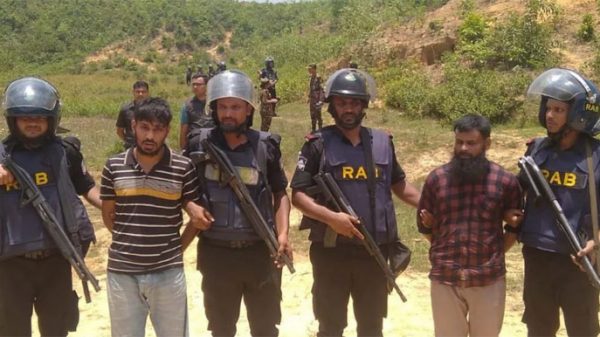
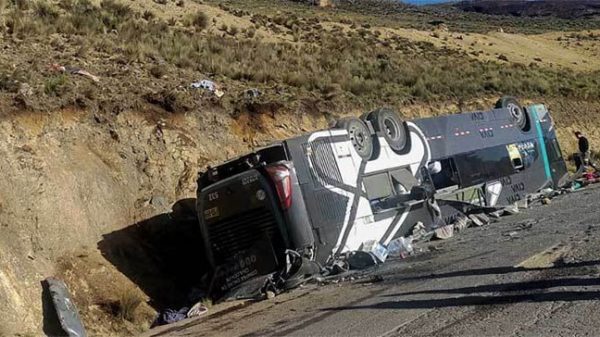

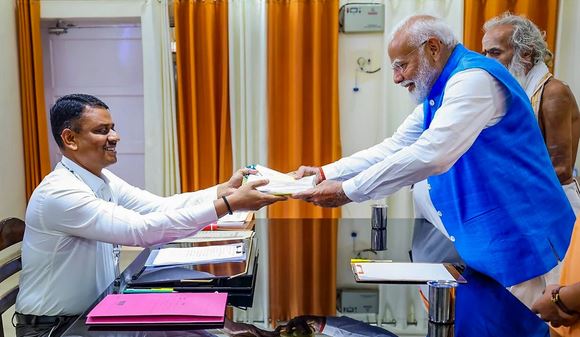
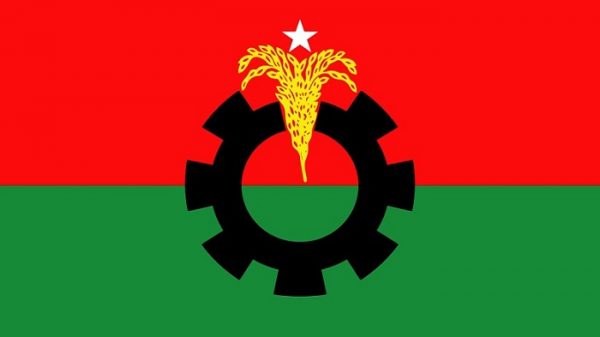

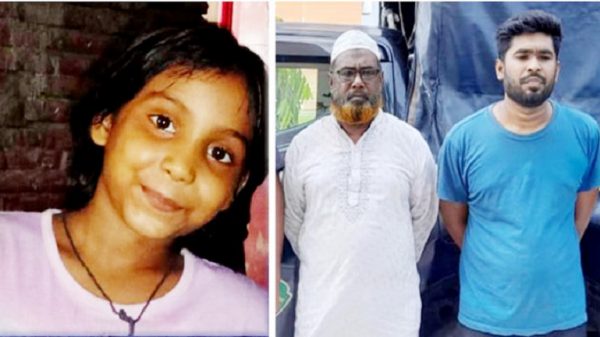
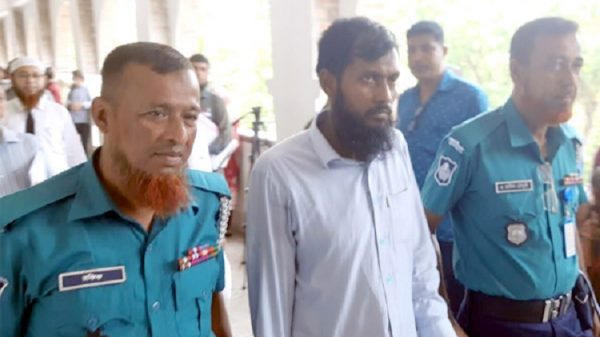













Leave a Reply